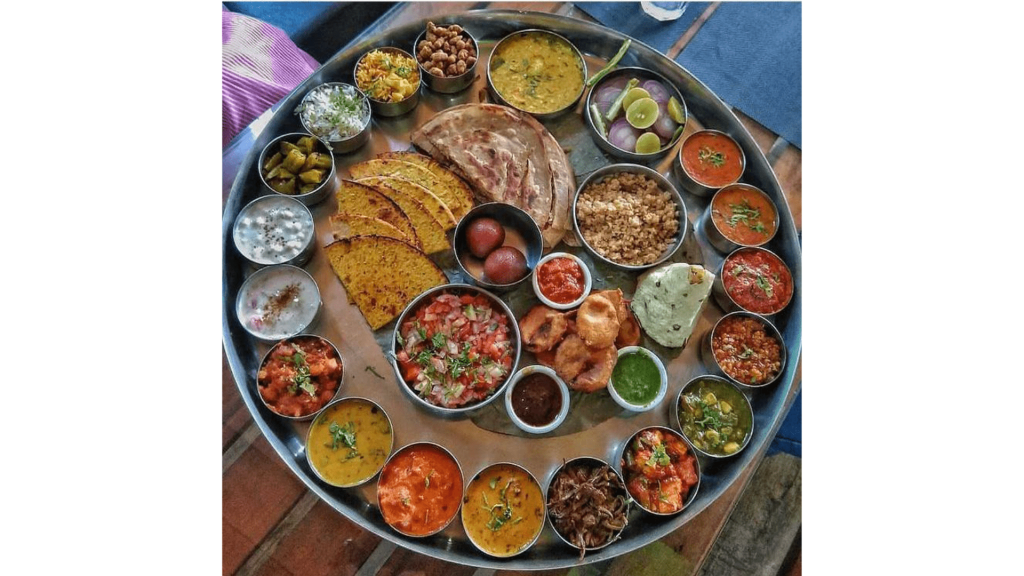Rajasthan, the land of kings, is a vibrant canvas painted with a myriad of colors, both literal and metaphorical. Known for its rich history, architectural marvels, and diverse landscapes, Rajasthan is equally celebrated for its lively festivals that showcase the cultural tapestry of this northwestern Indian state. The festivals in Rajasthan are not mere events; they are grand spectacles that bring people together, offering a glimpse into the state’s traditions, rituals, and artistic expressions. This article delves into the kaleidoscope of colors that define Rajasthan’s festive celebrations and the cultural riches embedded in its traditions.
The Festival Calendar
Rajasthan boasts a festival calendar as diverse as its topography. From the desert terrain of Jaisalmer to the serene lakes of Udaipur, each region has its unique way of celebrating the festivities. The most widely celebrated festivals in Rajasthan include Diwali, Holi, Raksha Bandhan, and the renowned Pushkar Fair. However, it is the state-specific festivals that truly showcase the unique cultural identity of Rajasthan.
One such festival is Gangaur, dedicated to the goddess Gauri, an embodiment of marital love and fidelity. Celebrated by married women, the festival involves vibrant processions, traditional songs, and the creation of intricate mehndi designs. The sight of women dressed in colorful attires, carrying idols of the goddess on their heads, adds a unique charm to the celebration.

Holi – The Festival of Colors
Holi, the festival of colors, is celebrated with unparalleled enthusiasm across India, and Rajasthan is no exception. The royal city of Jaipur transforms into a riot of colors during Holi, with people coming together to play with powdered dyes and water balloons. The iconic Elephant Festival, held on the eve of Holi, is a spectacle to behold, where elephants adorned with vibrant colors participate in a grand procession. This unique celebration reflects the amalgamation of traditional rituals and a modern exuberance that defines Rajasthan’s festive spirit.

Pushkar Fair – Where Culture Meets Commerce
The Pushkar Fair, also known as the Pushkar Camel Fair, is an annual event that attracts not only locals but also tourists from around the world. Held in the holy town of Pushkar, this fair is a mesmerizing blend of cultural festivities and a bustling cattle fair. The kaleidoscope of colors is evident in the traditional Rajasthani attire worn by both men and women, the vibrant turbans of camel traders, and the elaborate decorations of the camels participating in competitions.
Apart from the lively atmosphere, the Pushkar Fair offers a platform for artists, musicians, and dancers to showcase their talents. The evenings are filled with traditional folk performances, adding a layer of cultural richness to the festivities. The fair’s significance lies not just in its economic importance but also in its ability to preserve and promote Rajasthan’s cultural heritage.

Traditional Attire – A Riot of Hues
Rajasthani attire is a testament to the state’s vibrant culture. Men often wear colorful turbans, known as ‘Pagris,’ which are not just a fashion statement but also carry cultural significance. The colors and patterns of the turbans can indicate the wearer’s region, caste, or even marital status. Women’s attire, characterized by vividly hued lehengas, odhnis, and ornate jewelry, adds to the overall visual spectacle.
The tie-and-dye technique, known as Bandhani, is a traditional Rajasthani art form used to create vibrant patterns on fabrics. This technique is prominently featured in the attire worn during festivals, making the celebrations a riot of colors.

Architecture – The Grandeur of Palaces and Temples
The architectural marvels of Rajasthan are not only a visual delight but also reflect the state’s rich history and cultural heritage. The palaces of Jaipur, the lakeside beauty of Udaipur, and the desert forts of Jaisalmer stand as testaments to the grandeur of Rajasthan’s past. The colors used in the architecture, such as the pink of Jaipur’s buildings, add a distinctive charm to the landscape.
The intricately carved temples, like the Dilwara Temples in Mount Abu or the Brahma Temple in Pushkar, showcase the skilled craftsmanship of Rajasthani artisans. The vibrant frescoes and murals that adorn these structures depict scenes from mythology, daily life, and royal celebrations, offering a visual feast to visitors.

Folk Arts and Music – A Melange of Expressions
Rajasthan’s folk arts and music are an integral part of its cultural identity. The state is home to a rich tapestry of traditional dance forms like Ghoomar, Kalbelia, and Bhavai, each accompanied by vibrant costumes and rhythmic movements. These performances, often presented during festivals, transport the audience to a bygone era, celebrating the essence of Rajasthan’s cultural diversity.
The soul-stirring melodies of traditional instruments like the Sarangi, Morchang, and Kamayacha, coupled with the soulful voices of folk singers, create an immersive experience. The lyrics of these folk songs often narrate tales of valor, love, and the daily life of the people, adding depth to the cultural expressions of Rajasthan.

Culinary Delights – A Palette of Flavors
Rajasthani cuisine is as diverse as its cultural landscape, offering a delightful journey for the taste buds. The vibrant colors of the state are not only visible in its festivals and attire but also in its traditional dishes. The iconic Dal Baati Churma, Ker Sangri, and Gatte ki Sabzi are not only flavorful but also visually appealing, often reflecting the use of local spices and ingredients.
The street food culture in Rajasthan further adds to the culinary spectrum, with the bustling markets serving up a variety of colorful snacks like Kachoris, Mirchi Badas, and Mawa Kachoris. The culinary richness of Rajasthan is not just about the flavors but also about the vibrant presentation that mirrors the spirit of the state.

Art and Craft – A Treasure Trove of Colors
Rajasthan’s art and craft traditions have been passed down through generations, and they continue to thrive in the present day. From the intricate block prints of Sanganer to the exquisite blue pottery of Jaipur, each region boasts its unique artistic identity. The colors used in these crafts are often derived from natural sources, giving them an organic and earthy appeal.
The bustling markets of Rajasthan, like Jaipur’s Johari Bazaar and Jodhpur’s Sardar Market, are a treasure trove of handcrafted items. From colorful textiles and embroidered garments to vibrant paintings and pottery, these markets offer a kaleidoscope of options for those seeking to take a piece of Rajasthan’s cultural richness back home.

Camel Safaris – Exploring the Desert Palette
The Thar Desert, stretching across western Rajasthan, is a canvas of golden sands, undulating dunes, and a wide spectrum of colors during sunrise and sunset. Camel safaris, a popular tourist activity, allow visitors to traverse the desert landscape while experiencing the enchanting play of light and shadows on the sand.
The vibrant hues of the desert, ranging from deep reds to golden yellows, create a surreal setting for travelers. The nomadic communities living in the desert, with their colorful attire and traditional lifestyle, add another layer to the cultural and visual richness of the region.
Conclusion
In conclusion, the colors of Rajasthan are not confined to the walls of its palaces or the fabrics of its attire; they permeate every aspect of life in this culturally rich state. The festivals, architecture, art, music, cuisine, and even the natural landscapes are a testament to the vibrant spirit that defines Rajasthan. Beyond the visual spectacle, each color, each tradition, and each celebration carries a story, a history, and a legacy that adds to the kaleidoscope of this land of kings. As one immerses oneself in the festive celebrations and cultural riches of Rajasthan, it becomes evident that the true beauty of this state lies in its ability to blend the old and the new, the traditional and the modern, all painted with the myriad colors that make Rajasthan a unique and enchanting destination.

























